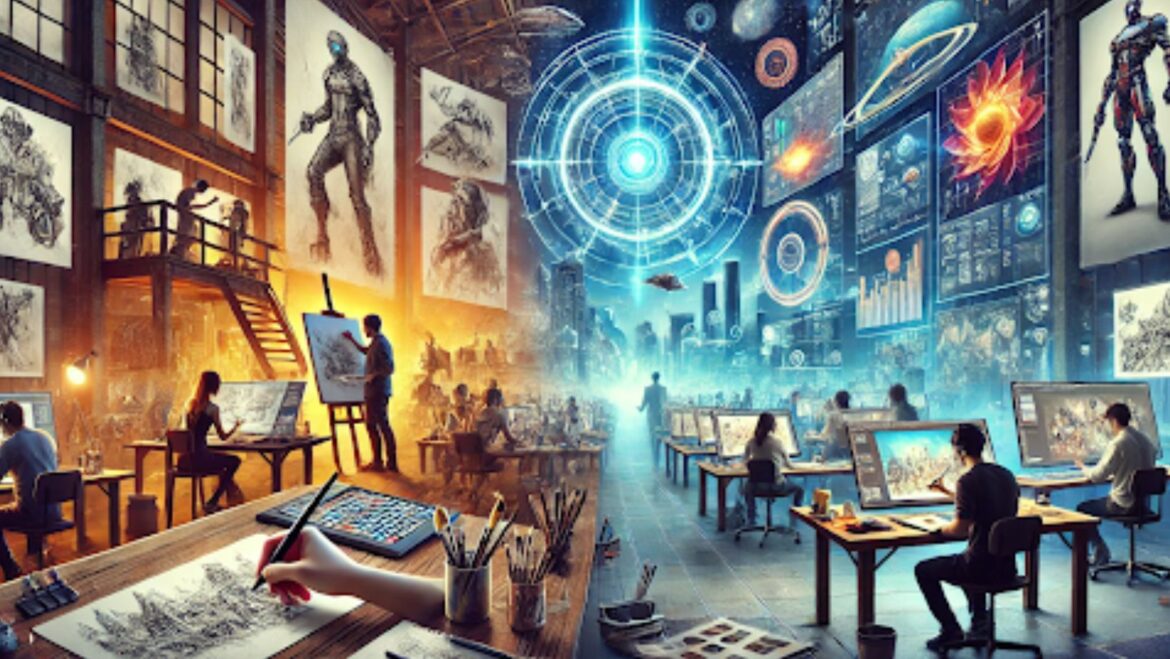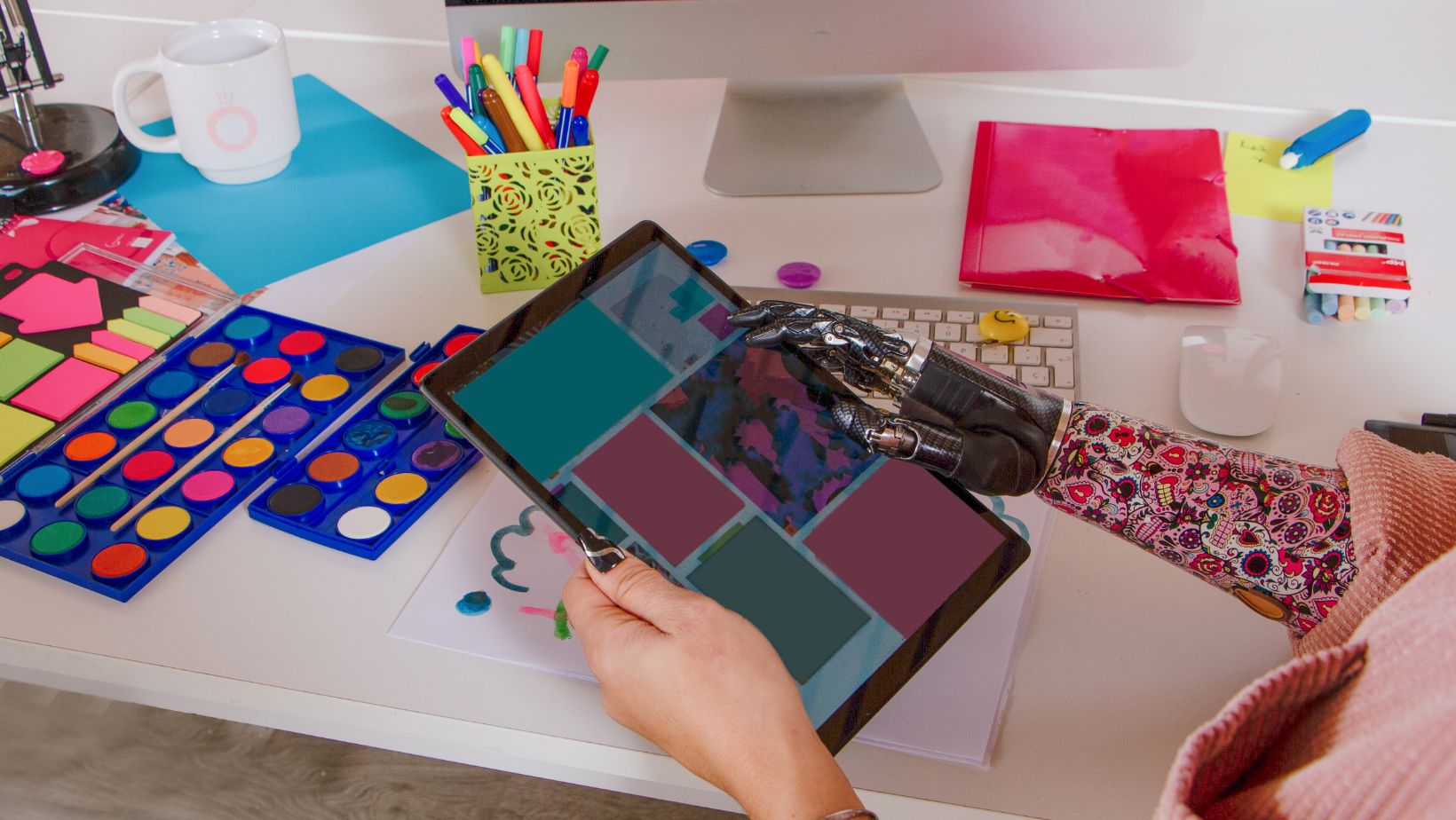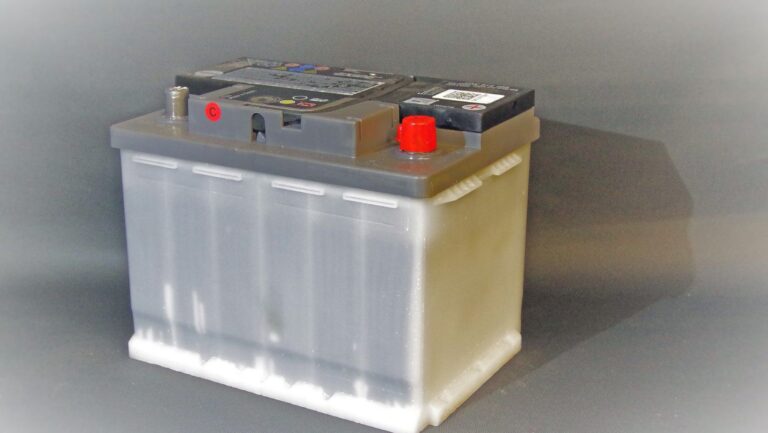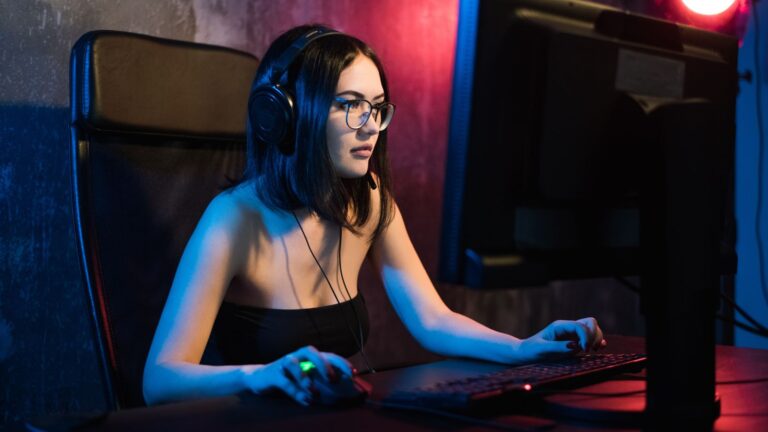Concept art has always been the foundation of visual storytelling, shaping the worlds of video games, films, and animations. Traditionally, artists relied on hand-drawn sketches and physical mediums to create immersive concept designs. However, with the rapid advancement of technology, concept art studios are evolving, blending traditional artistry with cutting-edge digital tools to push creative boundaries.
In this blog, we explore how the fusion of tradition and technology is defining the next era of concept art studios and what it means for the future of visual design.
1. The Evolution of Concept Art Studios
A concept art studio was once synonymous with teams of artists working with pencils, watercolors, and physical canvases to visualize ideas. While these techniques are still valued, digital platforms have revolutionized the industry. The transition from paper to pixels has made the creation process faster, more flexible, and more accessible.
Key milestones in this evolution include:
- The Rise of Digital Illustration Software: Tools like Adobe Photoshop, Corel Painter, and Clip Studio Paint made digital drawing the industry standard.
- 3D Integration in Concept Art: Artists now use software like Blender, ZBrush, and Maya to create 3D concept art, providing a more dynamic perspective.
- VR and AR in Art Creation: Virtual reality sculpting tools like Oculus Medium and Tilt Brush allow artists to create in 3D space with natural hand movements.
- AI-Assisted Artwork: Artificial intelligence is now aiding artists in generating ideas, automating repetitive tasks, and refining concepts.
2. The Role of AI in Modern Concept Art Studios
AI-powered tools have introduced a new paradigm in concept art creation. While some fear that AI will replace human artists, it is better seen as a collaborative tool that enhances creativity rather than replacing it.
AI Benefits for Concept Art Studios:
- Idea Generation: AI tools like MidJourney and Stable Diffusion help artists visualize early concepts quickly.
- Automated Detailing: AI can refine backgrounds, textures, and lighting with advanced algorithms.
- Faster Iterations: Artists can create multiple variations of a design within minutes, allowing for more creative exploration.
- Photo-to-Art Conversions: AI can transform photos into stylized concept art, speeding up the ideation process.
However, human creativity remains irreplaceable—AI can generate visuals, but the emotional depth, storytelling elements, and unique artistic vision still come from artists.
3. Virtual and Augmented Reality: A New Dimension in Concept Art
The next era of concept art studios is increasingly embracing VR and AR technologies to redefine the creative process.
🔹 VR Sculpting & Painting: Using VR tools like Quill, Oculus Medium, and Gravity Sketch, artists can now paint and sculpt in a fully immersive 3D space. This allows for real-time adjustments and a hands-on creative process, mimicking traditional sculpting but with the power of digital manipulation.
🔹 AR for Concept Visualization: AR allows artists to place 3D concept models into real-world environments, helping game developers and filmmakers see how designs interact with real space before production begins.
These advancements bridge the gap between physical and digital artistry, allowing for more interactive and lifelike creative experiences.
4. 3D & Procedural Art: A New Standard in Concept Art Studios
While traditional concept art focuses on 2D sketches, 3D and procedural art have become essential components of modern workflows.
Why 3D Matters in Concept Art:
🔹 Better Depth & Perspective: 3D modeling provides accurate proportions and lighting, helping artists visualize objects more realistically.
🔹 Easier Revisions & Iterations: Changes can be made without redrawing from scratch, making it easier to adapt concepts.
🔹 Faster Workflow for Games & Films: Many game studios require game-ready 3D assets that can be directly used in production.
Concept artists now use Blender, ZBrush, and Substance Painter to create detailed environments, characters, and props before refining them with traditional digital painting techniques.
5. The Future of Concept Art Studios: What’s Next?
The next generation of concept art studios will likely combine AI, VR, AR, 3D, and traditional art into a seamless workflow.
Here are a few trends shaping the future:
🔹 AI-Enhanced Creativity: AI will continue to evolve as a co-pilot for artists, assisting in creating highly detailed and imaginative worlds.
🔹 Cross-Platform Compatibility: Artists will shift towards creating assets that can work in multiple mediums—games, movies, virtual reality, and augmented reality.
🔹 Cloud-Based Collaborative Workspaces: Studios will leverage real-time cloud-based platforms to enable remote teams to collaborate effortlessly.
🔹 NFTs & Digital Ownership: Concept art might find new value in blockchain-based digital ownership, giving artists more control over their work.
Despite these technological advances, one thing remains certain: the heart of concept art will always be creativity, storytelling, and artistic vision. Technology is just a tool—the artist is the true creator.
Conclusion
The next era of concept art studios is a dynamic fusion of traditional artistic principles and groundbreaking technology. While digital tools, AI, VR, and 3D workflows are transforming the creative process, the essence of concept art remains deeply rooted in human imagination and storytelling.
For game developers, animation studios, and creative teams looking for cutting-edge concept art services, embracing this blended approach is key to producing visually stunning and innovative content.






